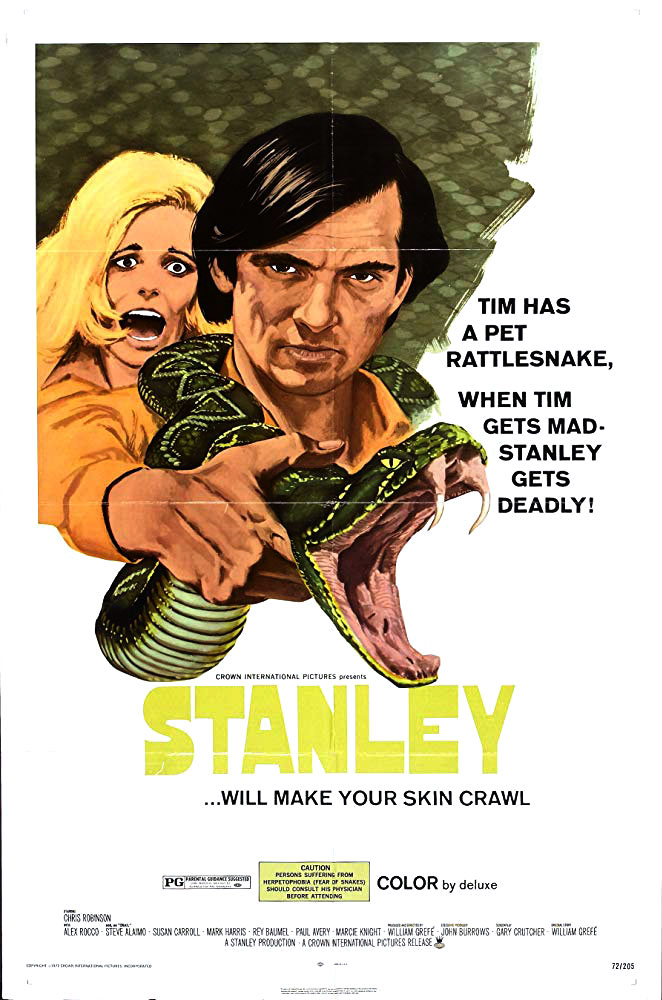According to Gargoyles, a TV movie first broadcast on CBS in 1972, the stone gargoyles that grace gothic cathedrals and other structures are artistic interpretations of real beings — soldiers of Satan who appear every 600 years and attempt to take over the world for their evil master. Wouldn’t you know it, the gargoyles are due to appear in New Mexico in 1972, and it’s up to a college professor and his daughter to stop them.
Dr. Mercer Boley (Cornel Wilde) is a successful demonologist. Not in any occult or supernatural sense. Rather, he writes anthropological books on the origins of demonic myths throughout the world. His studies take him to Devil’s Crossing, New Mexico (location work was done in and around the area of Carlsbad Caverns). He’s joined by his daughter, Diana (Jennifer Salt), who enjoys traveling all over the world with him. Their first stop is a lonely roadside attraction run by Uncle Willie (Woodrow Chambliss), who looks like he hasn’t been around a living person in years. Continue reading “October Horrorshow: Gargoyles”

 What a bucket of sleaze. Blood Sabbath, the 1972 exploitation horror flick from screenwriter William A. Bairn and director Brianne Murphy, is exactly the kind of movie that gets the pious all worked up. Gratuitous nudity only begins to describe the amount of flesh in this movie. This is one of those drive-in classics packed full, from start to finish, with butts, boobs, and bush. Add in witchcraft, and one would be hard-pressed to find an R-rated film more capable of moral corruption. It’s spectacular.
What a bucket of sleaze. Blood Sabbath, the 1972 exploitation horror flick from screenwriter William A. Bairn and director Brianne Murphy, is exactly the kind of movie that gets the pious all worked up. Gratuitous nudity only begins to describe the amount of flesh in this movie. This is one of those drive-in classics packed full, from start to finish, with butts, boobs, and bush. Add in witchcraft, and one would be hard-pressed to find an R-rated film more capable of moral corruption. It’s spectacular. I love it when a film’s main character is an eccentric nutjob. I don’t mean a character remembered for an over the top performance by an actor, like a Captain Jack Sparrow or even the Joker. I’m referring to characters who have quirks so wild they defy typical Hollywood tropes. Take the main character in 1972’s Stanley, Tim Ochopee (veteran soap opera actor Chris Robinson).
I love it when a film’s main character is an eccentric nutjob. I don’t mean a character remembered for an over the top performance by an actor, like a Captain Jack Sparrow or even the Joker. I’m referring to characters who have quirks so wild they defy typical Hollywood tropes. Take the main character in 1972’s Stanley, Tim Ochopee (veteran soap opera actor Chris Robinson).